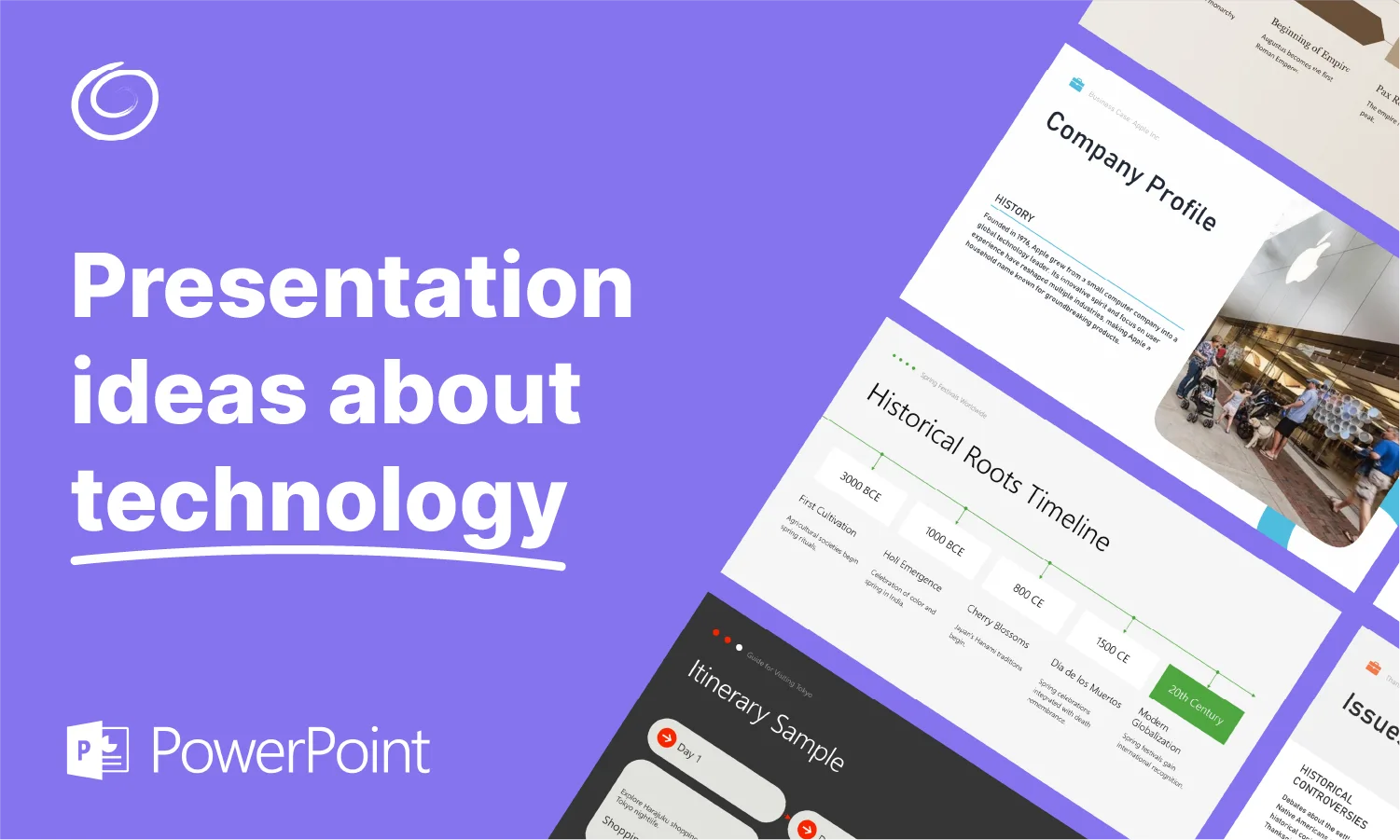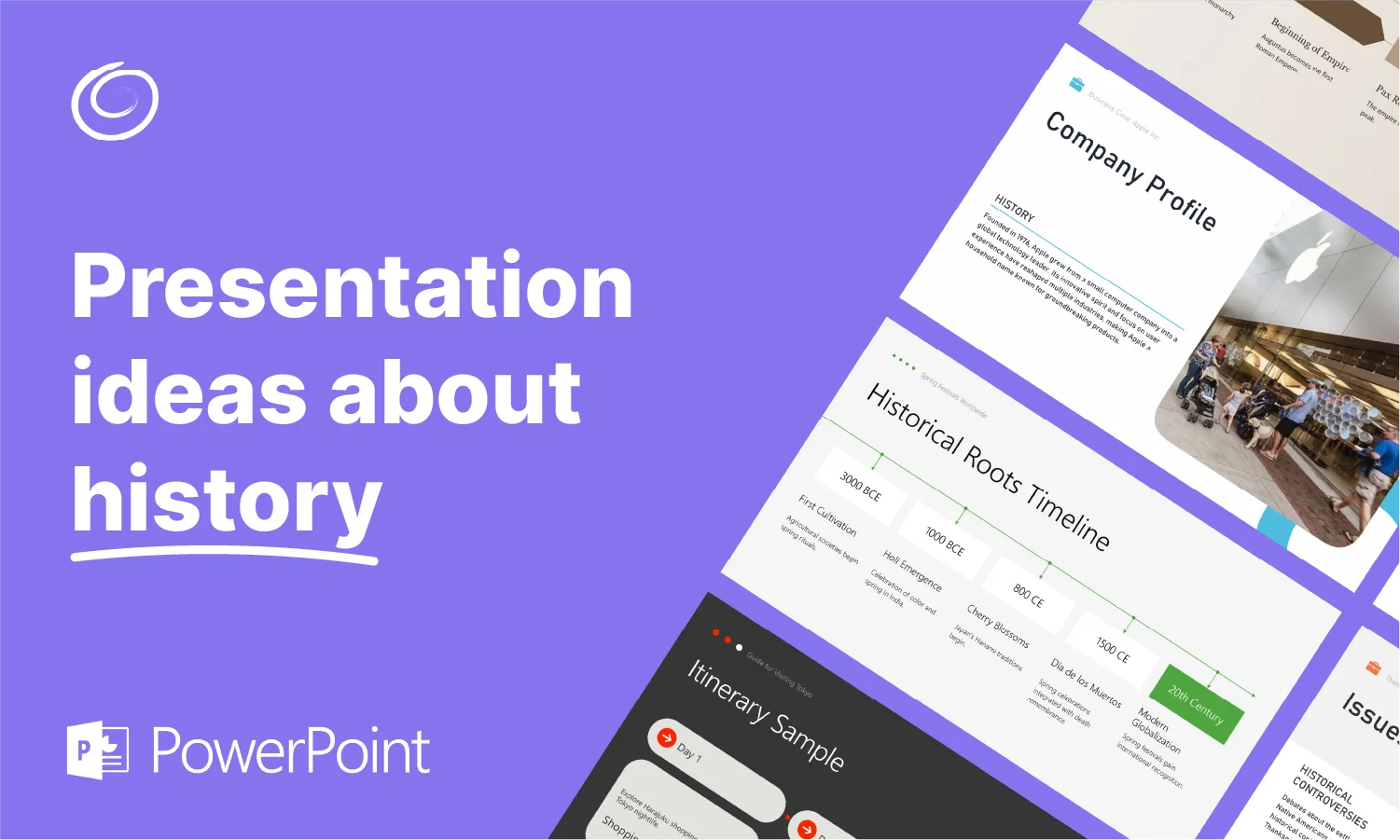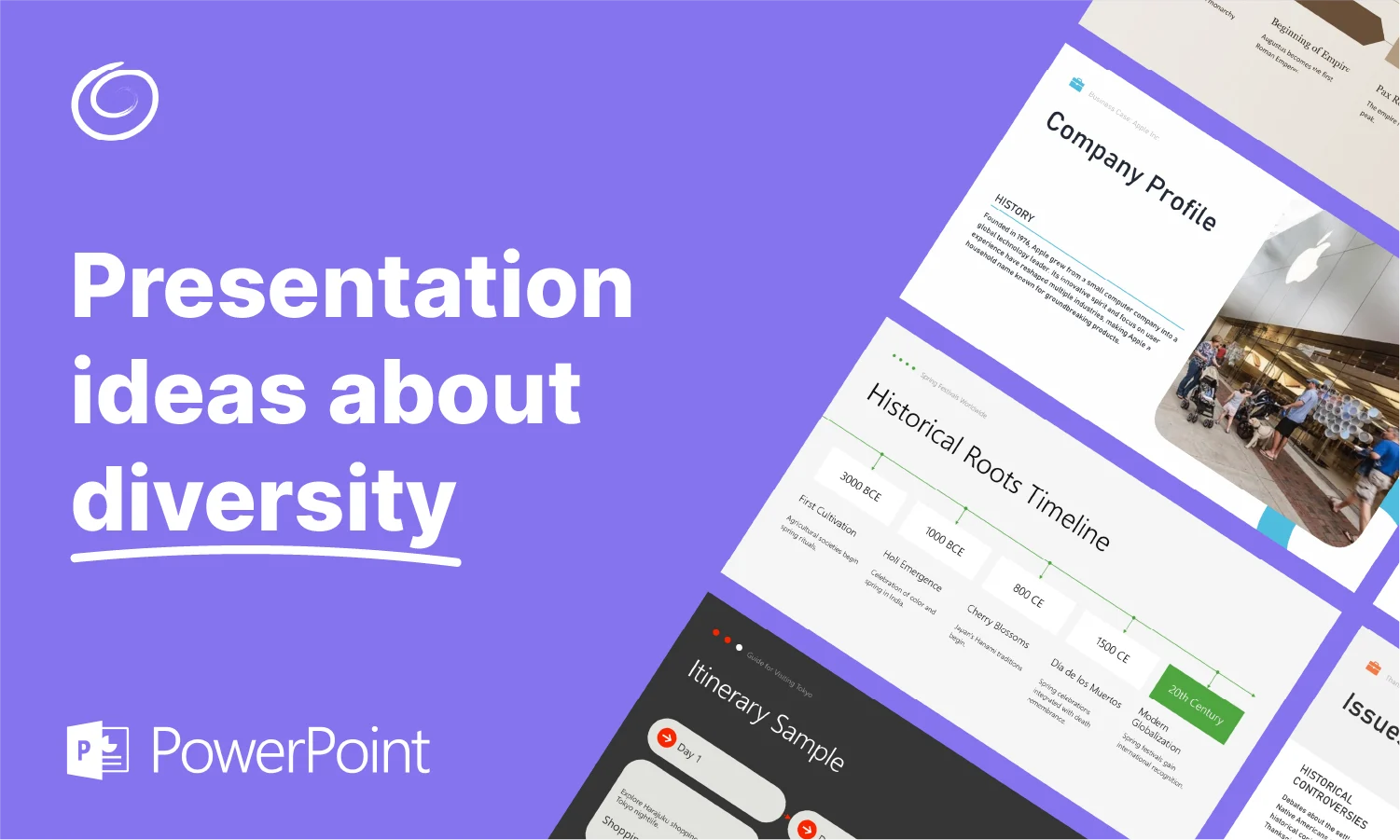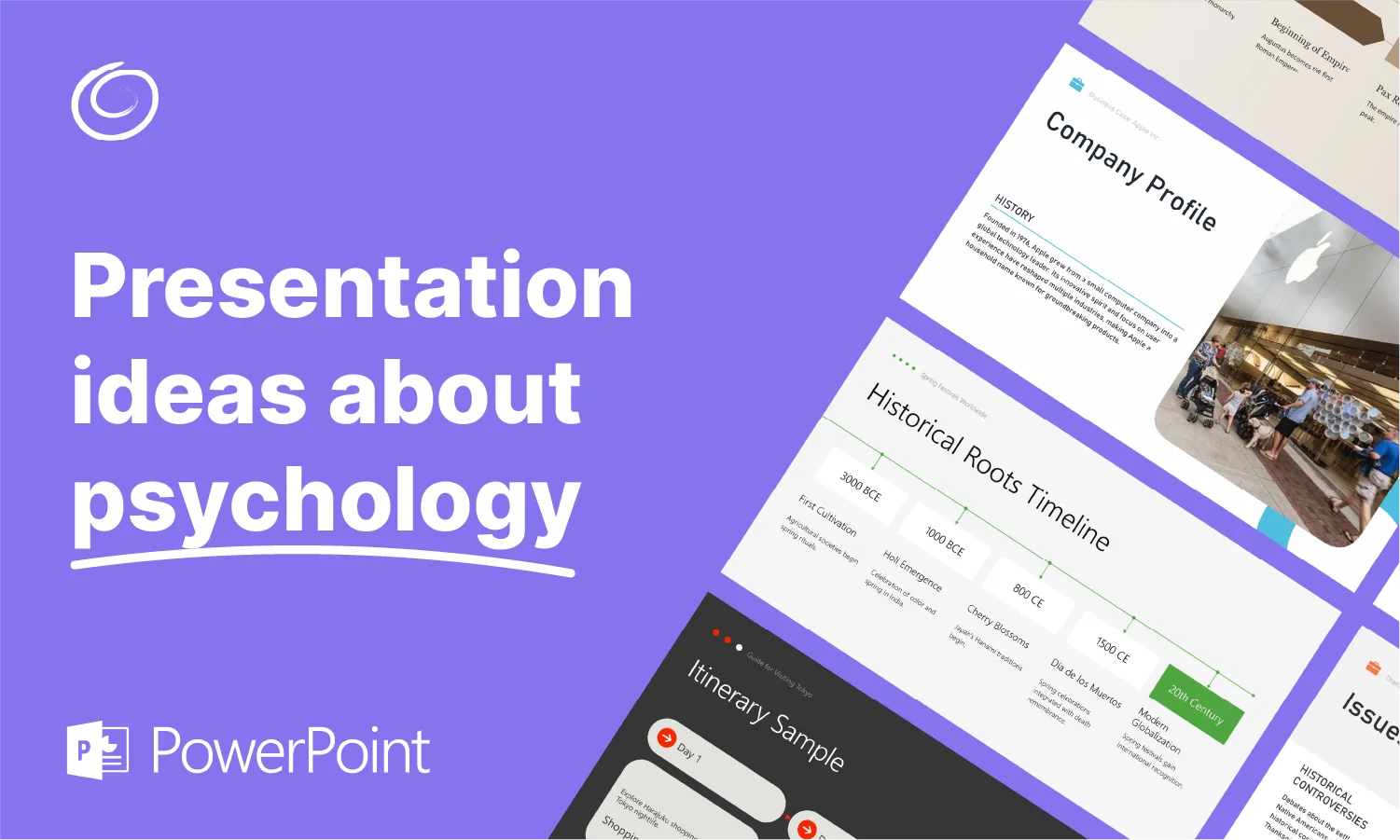How to Link a Slide to Another Slide in PowerPoint

Want to make your PowerPoint move beyond the linear, “click‑through” slide deck? Linking slides gives you navigational flexibility. It’s useful for all kinds of scenarios or for simply skipping ahead without losing flow.
We’ll show you how to link a slide to another slide in your PowerPoint presentation, and once you know how, we bet you’ll find all sorts of uses for it. It makes the experience convenient for both you and your audience.
Why You Should Be Using Embedded Slide Links
Not yet convinced that this is a useful feature to know about? Allow us the chance to explain and prove it. PowerPoint by default forces a straight progression. This has its place, but internal links offer a more flexible experience in the following ways:
- Build a clickable Table of Contents slide
- Create navigation buttons like “Back to Menu”
- Build self‑guided tours
- Jump to deeper details without repeating information
- Bring real presentation flexibility to slide-heavy decks
The nice thing is that it’s all built right into the app. You don’t need any sort of add-in or special skill to accomplish this.
Linking Slides: Step-by-Step Instructions
So, without further ado. Let’s take a look at how this is done. There are a couple ways to do it but we will focus on the simplest and most intuitive form.
Using Hyperlink Dialog
- Select the object you want to act as your link (text, shape, image, etc.).
- Go to Insert > Link > Insert Link, or right-click and choose Link.
- Choose Place in This Document (or This Presentation in PowerPoint online). You’ll see a list of slides with titles.
- Pick the destination slide.
- Click OK or Insert, and now your object is a clickable path to that slide.

Use Cases for Slide Links
Still wondering when or why you would need to use this skill? We are betting that now that you know how to do it, you’ll find all sorts of uses for it. But we’ve put together some use cases of our own, so take a look and then try them out on your next PowerPoint presentation.
Clickable Menu or Table of Contents
- Use a slide at the beginning of your presentation with section titles.
- Link each title to the correct slide.
- Add “Back to menu” buttons on section intro slides for easier navigation.
[Read more: How to Create a Table of Contents in PowerPoint]
Branching Scenarios or Quizzes
- On a summary slide, list questions or decisions.
- Link each option to a separate detailed slide.
- Use invisible or transparent shapes on choices so your layout stays clean.
Summary-to-Detail Navigation
- For each key topic, link from summary slide to supporting slides.
- Include a “Return to summary” button to loop back.
- Great for linking to an appendix.
Persistent Navigation Bars
- Place clickable navigation icons (home, next, back) on main slides or graphics.
- Duplicate across slide groups for consistency.
Common Problems to Watch Out For and Additional Tips
As with anything in PowerPoint, users do run into problems. This might seem simple enough, but issues can arise. Here are a few out there that you might want to be aware of before you get going, as well as some tips to make the most of this feature.
- You may find that links will only work in Slide Show mode. This is to be expected for this type of linking. They won’t work in Normal editing view. Press F5 to test them.
- If you delete or move linked slides, the hyperlink breaks. Double-check after any edits.
- It’s easy to get lost when linking these slides together, even in your own presentation. Therefore, use descriptive names for your slide titles to help both you and your audience.
- Group your navigation elements and copy them across slides so formatting stays consistent. Plus, it’s way easier than trying to rebuild your navigation buttons or table of contents for each slide.
- Use invisible shapes or clear buttons so your design looks clean while still interactive.
- Limit links so your audience doesn’t get lost in hyperloop navigation After all, it is possible to have too much of a good thing.
Internal slide links are highly powerful. Once you know how to set them up, they elevate your deck from linear to interactive. They’re easy to create and require zero external plugins. Just built-in flexibility.
Start Making AI Presentations in Seconds
Instant Access
Begin exploring Twistly’s full suite of features immediately
No Commitments
No credit card required, and you can cancel anytime
Dedicated Support
Our team is here to assist you every step of the way during your trial.













